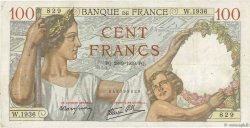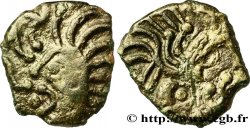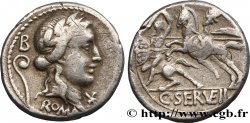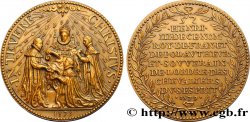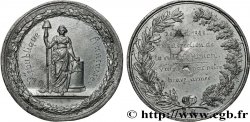Not available.
Item sold on our e-shop (2023)
Price : 70.00 €
Item sold on our e-shop (2023)
Price : 70.00 €
Type : Médaille, 20 sols, Dissolution des ateliers nationaux
Date: 1848
Metal : tin
Diameter : 47 mm
Orientation dies : 12 h.
Engraver P. f.
Weight : 31,18 g.
Edge : lisse
Puncheon : sans poinçon
Rarity : R1
Coments on the condition:
Patine grise hétérogène. Présence de coups et rayures
Catalogue references :
Obverse
Obverse legend : ATELIERS - NATIONAUX // BON / POUR DEUX / REPAS.
Obverse description : au dessous symboles : assiette, bouteille, couteau et pain.
Reverse
Reverse legend : REPUBLIQUE FRANC.SE - 1848 // 20 / SOLS.
Reverse description : Au dessous, un bonnet entouré de trois croisettes.
Commentary
La Révolution de 1848 se déroule à Paris les 23, 24 et 25 février 1848. Sous l'impulsion des libéraux et républicains et suite à une fusillade malheureuse, Paris se soulève pour la deuxième fois en moins d’un siècle. Louis-Philippe, refusant de lancer l’assaut sur les Parisiens, est contraint d'abdiquer en faveur de son petit-fils le 24 février. Mais les révolutionnaires imposent un gouvernement provisoire républicain, tuant la Monarchie de Juillet et créant la Deuxième République le 25 février 1848.







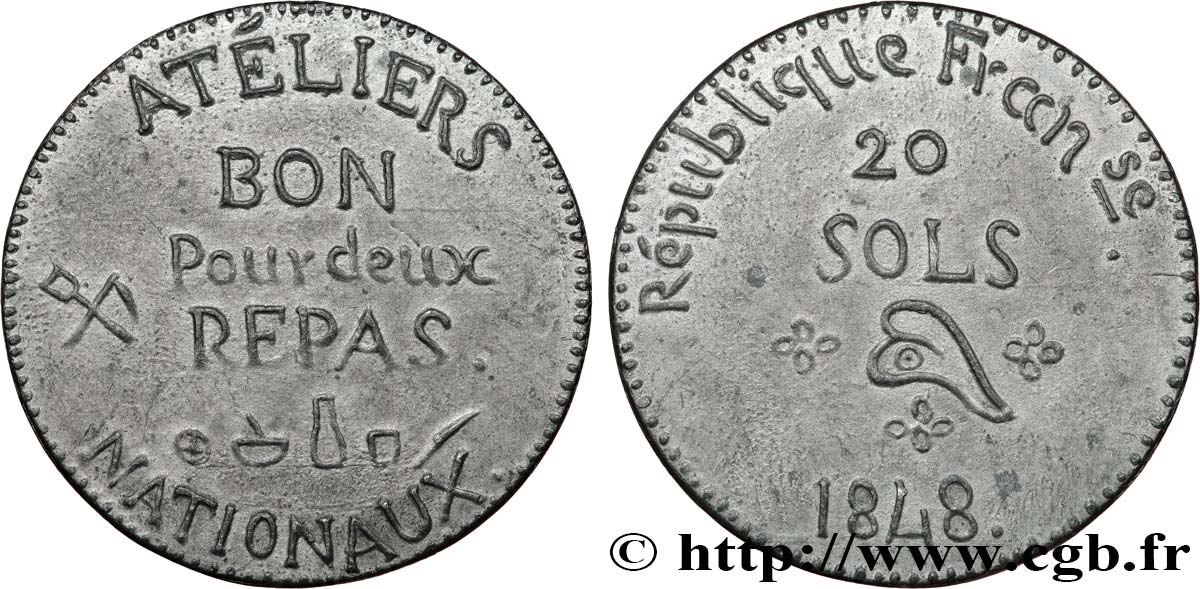
 Report a mistake
Report a mistake Print the page
Print the page Share my selection
Share my selection Ask a question
Ask a question Consign / sell
Consign / sell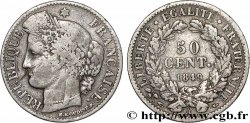
 Full data
Full data




